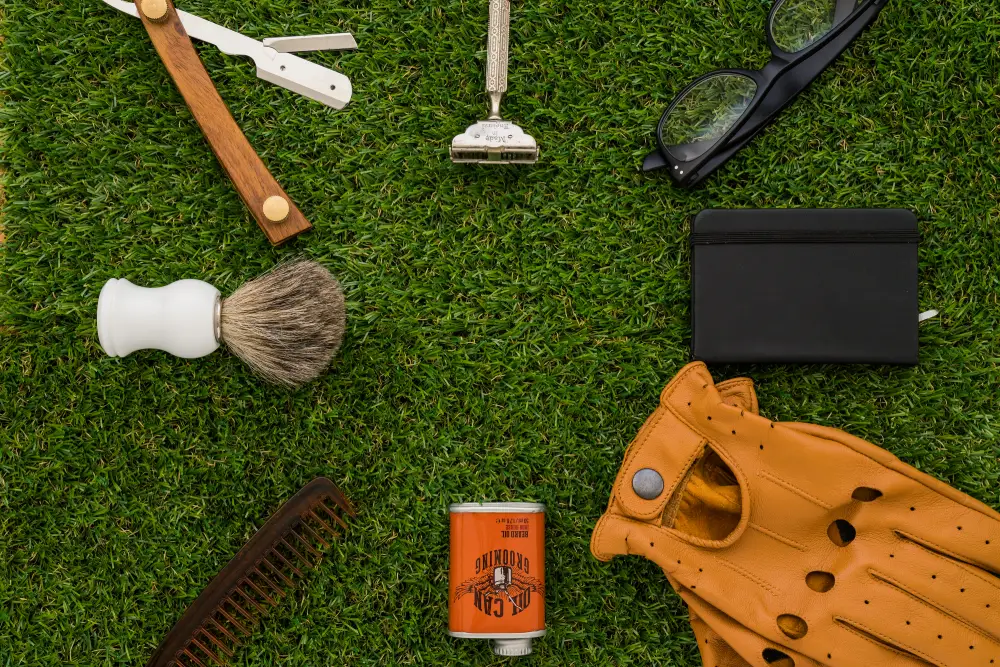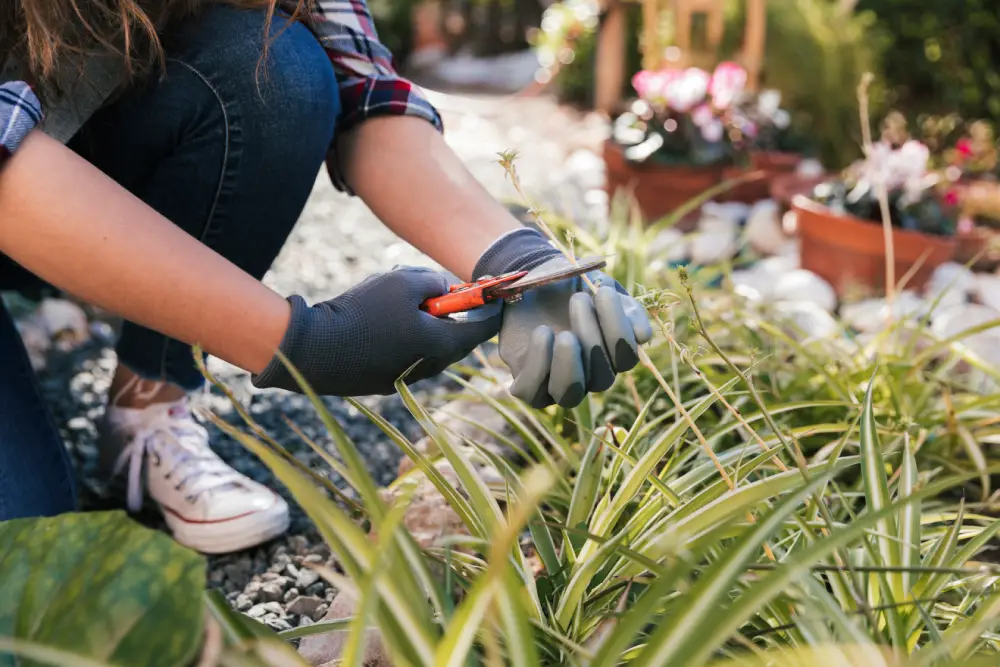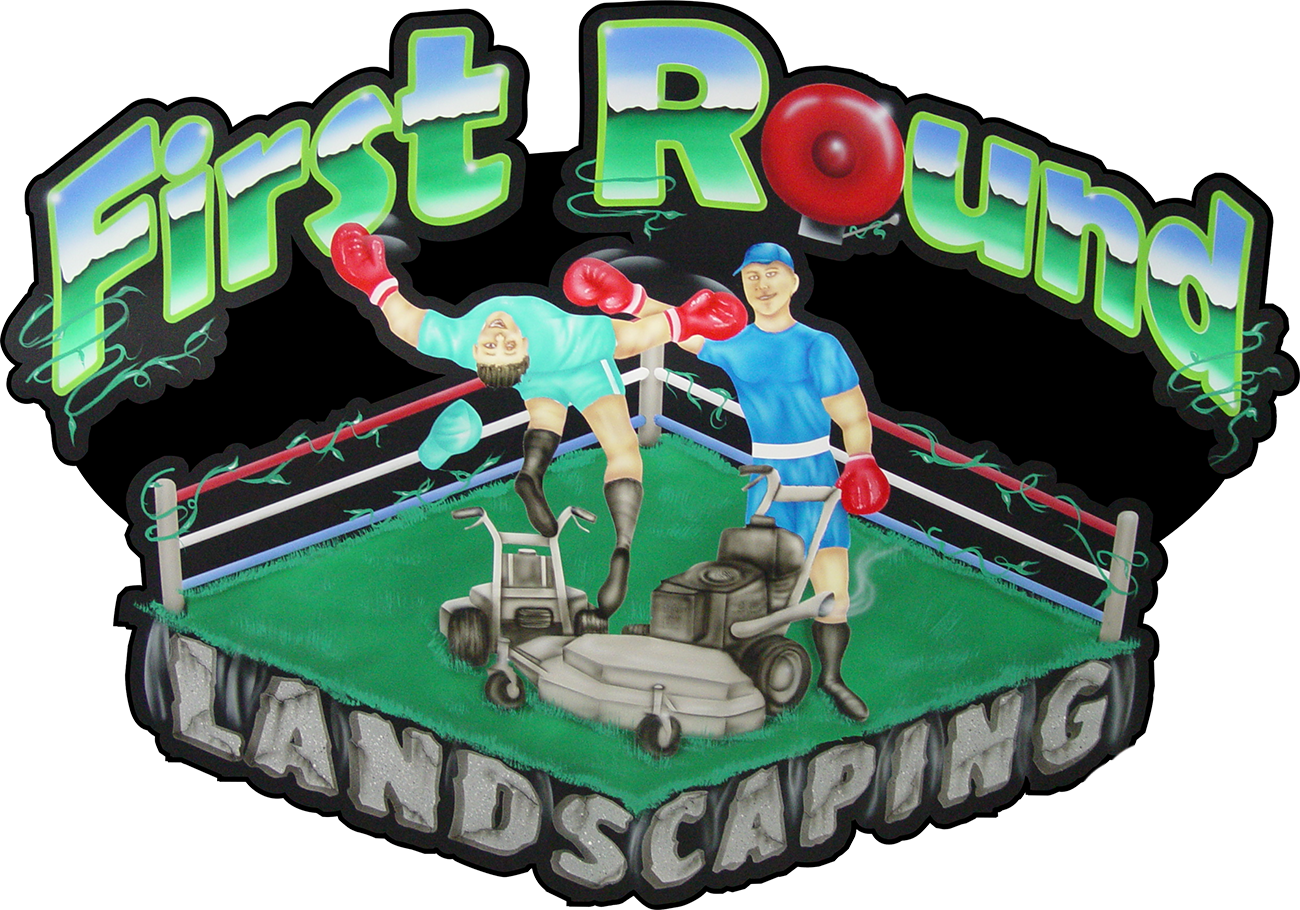Introduction
Trimming is an essential part of maintaining a beautiful and healthy lawn and garden. Whether you’re a homeowner looking to spruce up your outdoor space or a professional landscaper aiming to refine your skills, mastering the art of trimming can make all the difference. In this guide, we’ll delve into the best lawn trimming techniques, share how to edge your lawn like a pro, discuss the most effective trimming tools for landscapers, and provide useful shrub trimming tips and grass cutting techniques.

Understanding Lawn Trimming Techniques
Proper lawn trimming is more than just an aesthetic choice; it’s crucial for the health of your lawn. Effective lawn trimming techniques help maintain a neat appearance, promote healthy growth, and prevent issues such as weed proliferation and lawn diseases.
Mowing Patterns
One of the foundational lawn trimming techniques is employing the right mowing pattern. Changing your mowing direction regularly helps avoid grass compaction and promotes even growth. For instance, alternating between a north-to-south and east-to-west pattern can ensure that your lawn grows evenly and remains lush.
Cutting Height
Another critical aspect is adjusting your mower’s cutting height. Most grass types thrive when cut to a height of about 2.5 to 3 inches. Cutting too short can stress the grass and make it more susceptible to pests and diseases.

How to Edge Your Lawn Like a Pro
Edging is an often-overlooked aspect of lawn care but is essential for achieving a professional finish. How to edge your lawn like a pro involves using the right techniques and tools to create clean, sharp lines between your lawn and garden beds, driveways, or walkways.
Choose the Right Edging Tool
For precise edging, use a manual or powered edger. Manual edgers are ideal for smaller areas and offer great control, while powered edgers are better for larger lawns and more substantial edging tasks.
Maintain Steady Pressure
When edging, maintain steady pressure and follow the natural contours of your garden beds and walkways. This technique will help you achieve a uniform edge and avoid uneven lines.
Essential Trimming Tools for Landscapers
Having the right trimming tools for landscapers can make a significant difference in both efficiency and results. Here’s a rundown of some must-have tools for effective trimming:
String Trimmers
String trimmers, or weed eaters, are invaluable for reaching areas that mowers can’t, such as around fences, flower beds, and trees. They’re versatile and can handle various types of grass and weeds.
Hedge Trimmers
For shrub and hedge maintenance, hedge trimmers are essential. They come in both manual and powered versions. Powered trimmers can handle larger shrubs and more extensive trimming tasks with ease.
Pruning Shears
For precision cutting of smaller branches and plants, pruning shears are a must. They allow for clean cuts and are perfect for maintaining the shape and health of shrubs and small trees.

Shrub Trimming Tips
Proper shrub trimming not only enhances the appearance of your garden but also contributes to the health of your plants. Here are some useful shrub trimming tips to keep your shrubs looking their best:
Trim in the Right Season
The best time to trim most shrubs is during their dormant period, typically late winter or early spring. This timing allows plants to recover quickly and promotes vigorous new growth.
Use Proper Techniques
When trimming shrubs, start by removing dead or diseased branches. Then, shape the shrub by cutting back overgrown areas. Aim to maintain a natural, rounded shape rather than creating harsh, angular lines.
Grass Cutting Techniques
Effective grass cutting techniques are crucial for maintaining a lush and healthy lawn. Here’s how to make the most of your mowing sessions
Mow When Dry
Mowing when the grass is dry prevents clumping and ensures a clean cut. Wet grass can lead to uneven cutting and can make your mower less efficient.
Don’t Cut Too Much at Once
Avoid cutting more than one-third of the grass height in a single mow. Cutting too much can stress the grass and lead to scalping, which can make your lawn more susceptible to drought and pests.
Conclusion
Mastering the art of trimming involves understanding and applying effective lawn trimming techniques, knowing how to edge your lawn like a pro, using the right trimming tools for landscapers, and following shrub trimming tips and grass cutting techniques. With these insights, you can achieve a beautifully maintained lawn and garden that enhances your outdoor space’s aesthetic and functional value.
Ready to transform your lawn and garden? Contact us at First Round Landscaping for expert advice and professional services. Let’s make your outdoor spaces look their absolute best!
Frequently Asked Questions
What are the benefits of regular lawn trimming?
Regular lawn trimming helps maintain a healthy and attractive lawn by promoting even growth, preventing weed proliferation, and reducing the risk of lawn diseases.
How often should I trim my shrubs?
Shrubs should typically be trimmed once or twice a year, depending on their growth rate and the desired shape. Early spring or late winter is often the best time for major trims.
What is the best time to mow the lawn?
The best time to mow your lawn is when the grass is dry and during the cooler parts of the day, such as early morning or late afternoon, to avoid stress on the grass and ensure a clean cut.
